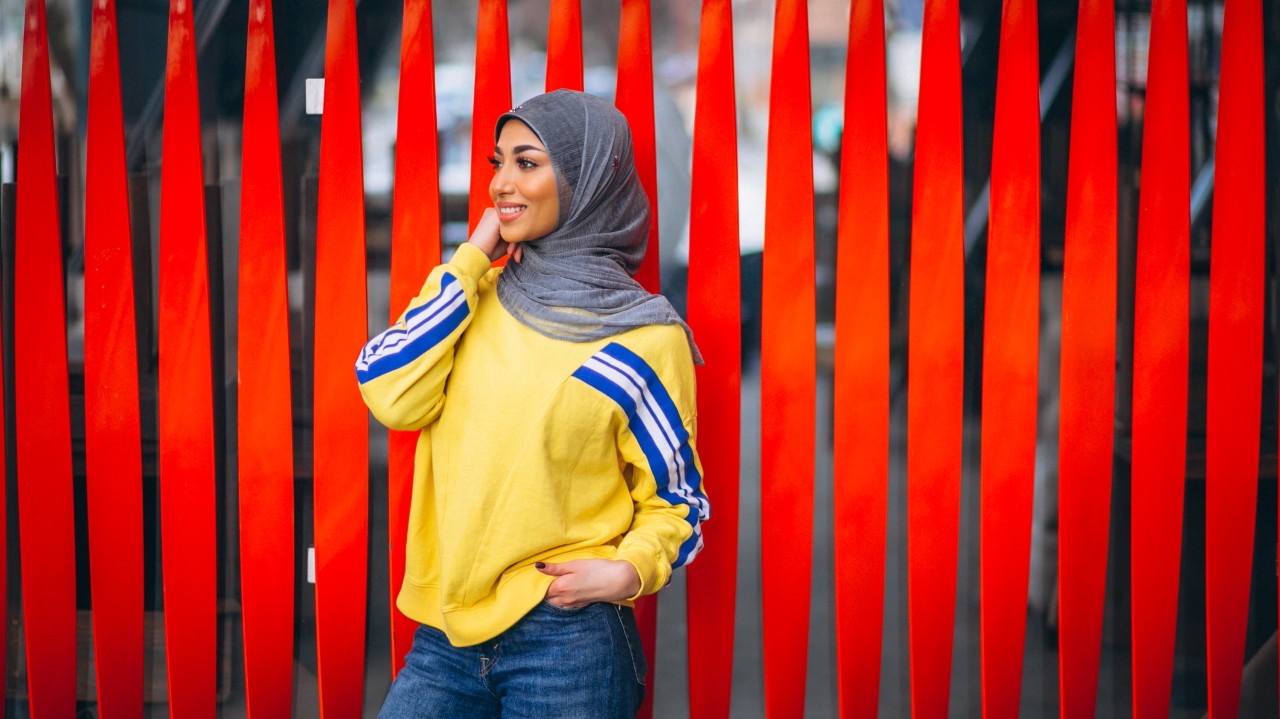By: Shaharyar Irfan | AVCommunications Global Business & Partnerships Director
In recent years, the halal market in North America has emerged as a dynamic and increasingly important segment of the consumer landscape. With Muslim populations in both Canada and the United States growing steadily—accompanied by increasing awareness, purchasing power, and demand for halal-certified products—the opportunity for brands to serve this demographic has never been more compelling.
Market Size and Growth
According to estimates from Thomson Reuters and DinarStandard, global Muslim consumer spending on halal food reached over $1.3 trillion in 2022 and is projected to surpass $1.6 trillion by 2025. While North America represents a smaller share of this global market, its growth trajectory is strong and sustainable.
In the United States, the Muslim population is estimated at over 3.5 million, with Pew Research projecting it could reach 8.1 million by 2050. The U.S. halal food market alone was valued at approximately $20 billion in 2021, with expected CAGR in the range of 5–7% through the next decade.
In Canada, Muslims account for over 1.8 million people—roughly 5% of the population, making Islam the second-largest religion in the country. The Canadian halal market is estimated at $1.6 to $2 billion and is growing rapidly, particularly in urban centers like Toronto, Montreal, and Vancouver.
“The global halal food market size is expected to double in the next 10 years, a growing segment that advertisers can no longer ignore. Just look at what KFC did last year. They saw the market potential and started selling Halal chicken across Canada, excluding only Ottawa and Thunder Bay locations. Keeping the global migration pattern in mind, it’s worth focusing on this lucrative segment before it’s too late.” Shaharyar Irfan
Beyond Food: A Lifestyle Market
While halal food remains the cornerstone of the industry, the halal economy extends far beyond the dinner plate. It encompasses personal care products, cosmetics, pharmaceuticals, fashion, and even financial services. Just as “organic” and “gluten-free” evolved into full-blown consumer trends, halal is becoming a lifestyle choice, with both Muslim and non-Muslim consumers seeking transparency, ethical sourcing, and cleanliness.
Opportunities for Brands
Brands across sectors have a unique opportunity to engage with a young, brand-conscious, and digitally savvy demographic. Here’s where businesses can lead:
Product Development and Certification
Brands can innovate by offering halal-certified options in food, beverages, cosmetics, and pharmaceuticals. Key to this is transparency—not just meeting halal standards, but clearly communicating them through labeling and digital marketing.
For example, Nestlé, has long been a leader in halal-certified products, especially in global markets. And in North America, Maple Lodge Farms in Canada has successfully carved a niche with its “Zabiha Halal” brand of poultry products.
Retail and E-Commerce Expansion
Retailers that prominently feature halal-certified sections or online filters are likely to capture loyal customers. Specialty halal marketplaces like HalalWorldDepot and MuslimMall are filling this space, but mainstream retailers like Walmart and Loblaws have room to expand halal offerings in-store and online.
Cultural Marketing and Inclusive Branding
Inclusive marketing that authentically reflects Muslim values and lifestyles can resonate deeply. Ramadan and Eid campaigns, for instance, are still under-utilized by major North American brands.
Hospitality and Tourism
Hotels, airlines, and tourism operators can offer halal-friendly services and accommodations to cater to both domestic and international Muslim travelers. This includes offering halal meals, prayer spaces, and culturally sensitive customer service.
The Need for Strategic Authenticity
It’s essential that brands engaging with the halal market do so with authenticity and respect. Token gestures or surface-level adaptations can quickly backfire. Partnering with halal certification bodies, hiring diverse talent, and engaging in community dialogue are critical for long-term credibility.
Moreover, technology and social media have empowered consumers to research, share, and shape brand perceptions more than ever. Companies that are transparent, ethical, and inclusive will have the edge—not only in the Muslim market but across broader values-driven consumers.
“While the list of brands focusing on Halal segment is fast growing, it is imperative to understand what the word “Halal” means for the Muslim consumers. It’s a way of life based on the Islamic belief and system. Over the years, some brands have failed to be culturally relevant in their marketing and have paid the price for it. Most recently, OLG used a female talent wearing Hijab to promote gambling, a fatal mistake to say the least.” Shaharyar Irfan

The halal market in Canada and the U.S. represents more than just an emerging niche—it is a signal of shifting cultural, ethical, and consumer trends. For forward-looking businesses, this is a call to lead with purpose, authenticity, and strategic innovation.
In a competitive and increasingly diverse market, embracing the halal opportunity is not just smart business—it’s the future of inclusive growth. The first step is to accept the changing market dynamics due to this growing segment and the second could be a virtual coffee discussion. Let’s talk!


